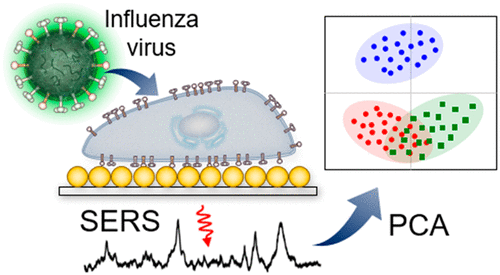2019. Hye-in Song, Jung A. Hong, Hangil Lee* & Kwang-il Lim*. "Comparative study on the catalytic ac

Despite advances in the construction of catalysts based on metal oxide nanoparticles (MO NPs) for various industrial, biomedical, and daily-life applications, the biosafety concerns about these NPs still remain. Recently, the need to analyze and improve the safety of MO NPs along with attempts to enhance their catalytic performance has been strongly perceived. Here, we prepared multiple variants of Fe-doped zirconium oxide (Fe@ZrO2) NPs under different pH conditions; then, we assessed their toxicity and finally screened the variant that exhibited the best catalytic performance. To assess the NP toxicity, the prepared NPs were introduced into three types of human cells originally obtained from different body parts likely to be most affected by NPs (skin, lung, and kidney). Experimental results from conventional cellular toxicity assays including recently available live-cell imaging indicated that none of the variants exerted severe negative effects on the viability of the human cells and most NPs were intracellular localized outside of nucleus, by which severe genotoxicity is unexpected. In contrast, Fe@ZrO2 NPs synthesized under a basic condition (pH = 13.0), exhibited the highest catalytic activities for three different reactions; each was biochemical (L-cysteine oxidation) or photochemical one (4-chlorophenol degradation and OH radical formation with benzoic acid). This study demonstrates that catalytic Fe@ZrO2 NPs with enhanced activities and modest or insignificant toxicity can be effectively developed and further suggests a potential for the use of these particles in conventional chemical reactions as well as in recently emerging biomedical and daily-life nanotechnology applications.












